The Diva of Staging Homes
Victoria Lindstrom lights up the room when she talks about her passion. She loves transforming the interiors of homes for sale through the art of staging. Increasing the value of a home and helping to sell it quickly are what she likes best. She has a bustling business in Santa Barbara — all based on referrals. In 2007, Victoria staged a home for sale in Samarkand on Stanley Drive and it sold right away. She posted a few business cards at the house, got calls from Realtors and began to repeat her success. Word spread.
Starting from that one sale, Victoria has now staged more than 1,000 homes in Santa Barbara. One of the big innovations she brought to staging is her pricing. She makes staging affordable for every household. She owns her own furniture and currently has 60 homes staged in Santa Barbara, including 15 in Montecito. She has a crew of three full-time and four part-time movers to keep the furniture fl owing between her warehouse and clients’ homes. She has brought staging to a broader audience.
 Her background is business education and a stint at a school for interior design at De Anza College, during which she won the annual best design award.
Her background is business education and a stint at a school for interior design at De Anza College, during which she won the annual best design award.
Before she entered the business, staging was mostly limited to expensive homes with a price to match. But, don’t think that Victoria is limited to the lower-priced market. She’s staged a $20 million home that sold, and currently has a $13 million home staged. Her typical home is $2 million to $2.5 million. She works the entire range of the market.
Over the years, she has changed styles and is constantly transforming her inventory. A few years ago the style was darker, heavier pieces that fi t in well with Spanish architecture. Now colors are lighter and the volume less massive. Her inventory changes to meet demand and style changes. She is the single largest customer at the local Pottery Barn.
She says: “I make the biggest difference in the smaller homes.” The price increase is biggest as a percentage in the lower price ranges. “I make them warm and cozy, with a good traffi c pattern.” How does she create the biggest difference? “I make the home emotional for the buyer,” explains Victoria. Her staging lends that magical element of helping the buyer to imagine living there. She has many stories of homes that lingered on the market until she came in and changed the staging, which led directly to a sale.
How much does staging impact the sale price of a property? Victoria can stage a home under $1 million for about $5,000. This usually increases the sale price by $25,000 to $50,000. Her charge of $15,000 to $20,000 to stage a $5 million home will likely lift the price by $75 to $150,000. Staging is a profit generator, not a cost. Victoria has proved this time and time again.
Fifteen years ago 30 to 40 percent of homes were completely vacant at the time of selling. Today only 10 percent of homes are presented truly vacant. The difference is staging. We have approximately the same number of vacant homes for sale, but now they have furniture and art. Few trends have taken over the marketplace as thoroughly as staging.
Even when the owner is living in the home and has furniture in place, Victoria will consult on ways to make improvements. About half of her staging jobs involve the owners still living in the home with some of their furniture and some of Victoria’s.
Victoria likes to “play” when she is staging a home. She says: “When I start I don’t always have all the answers. I don’t like to see everything square, or round, or everything at the same height.” She likes to add texture, using different heights to add interest with art, lamps, trees and bamboo. She rearranges and then brings in other furniture. “I don’t have all the answers until I play with it.”

Victoria Lindstrom is a member of my team and stages most of the homes that I sell.
May Market Report





